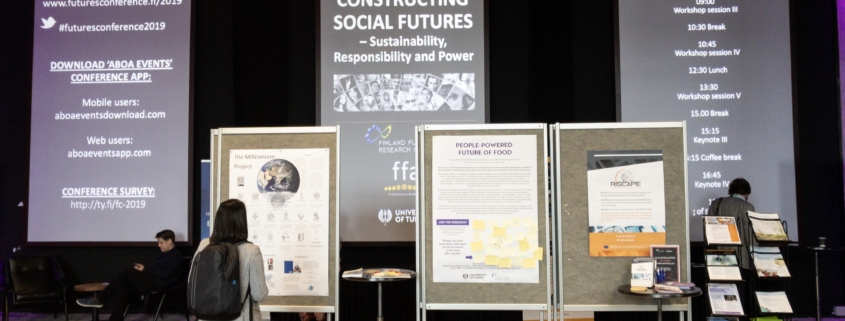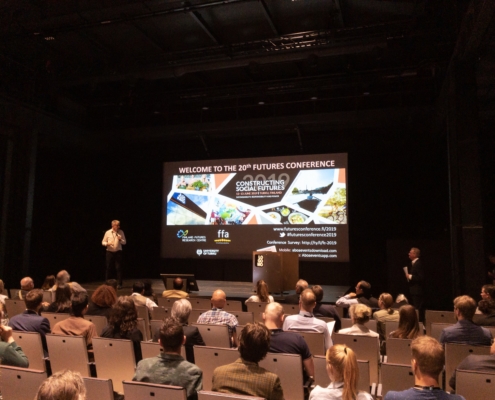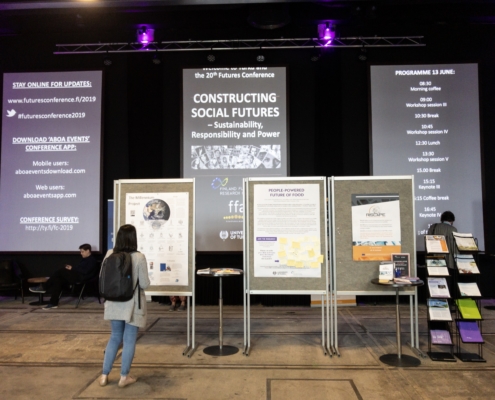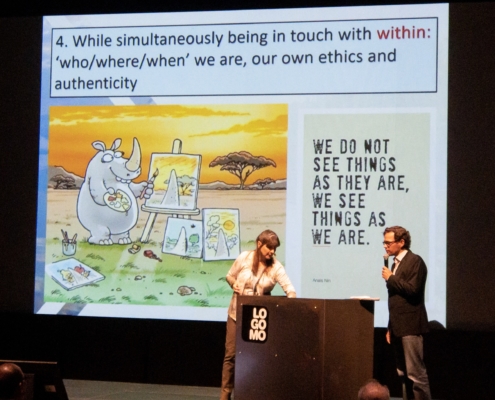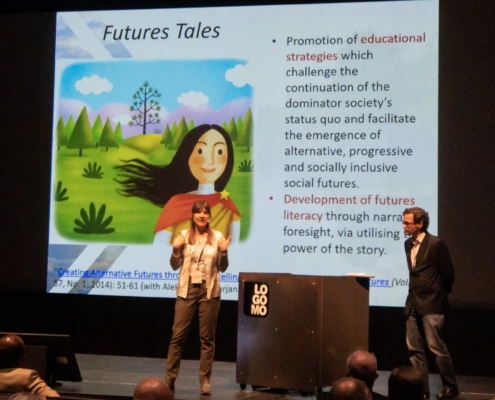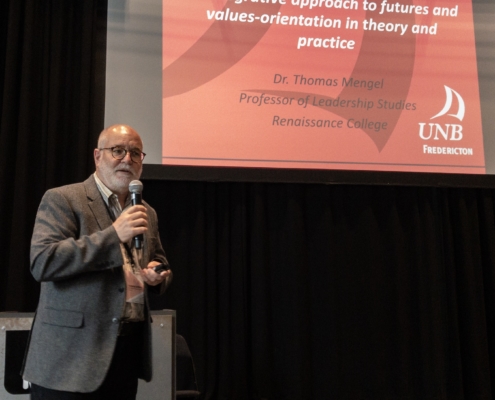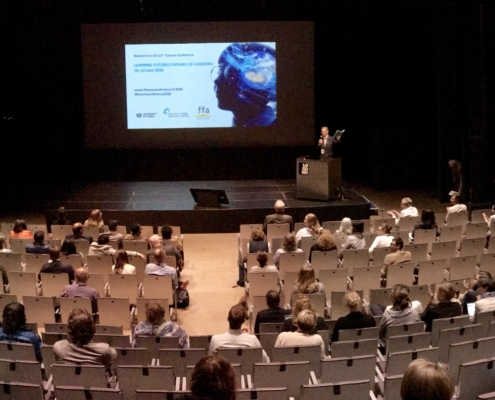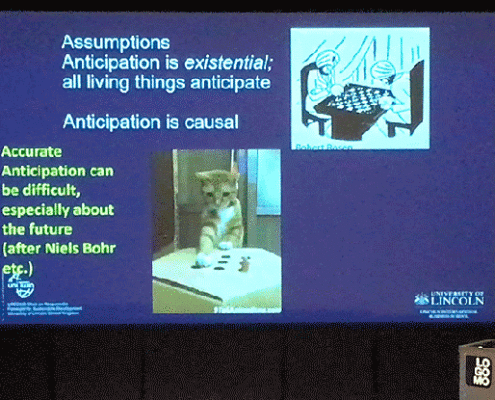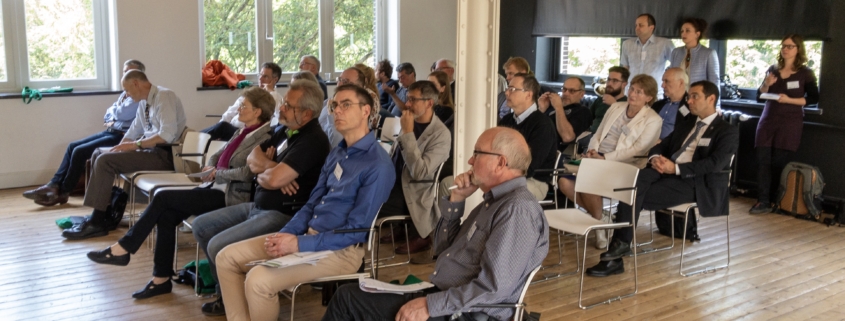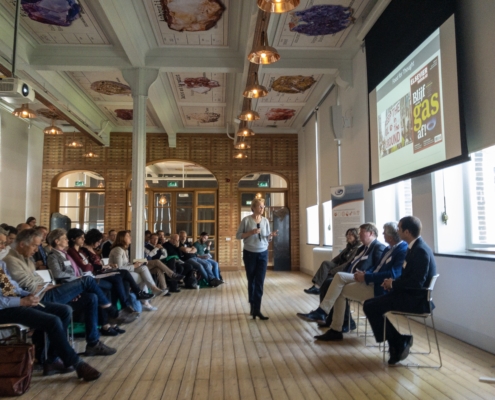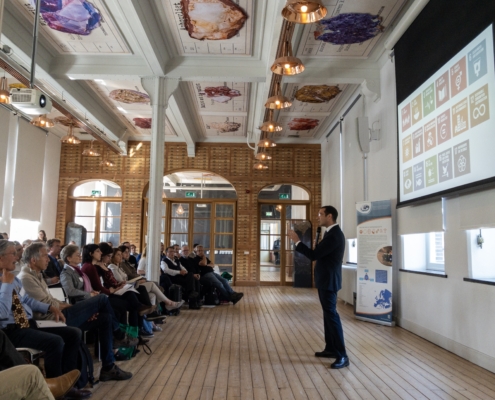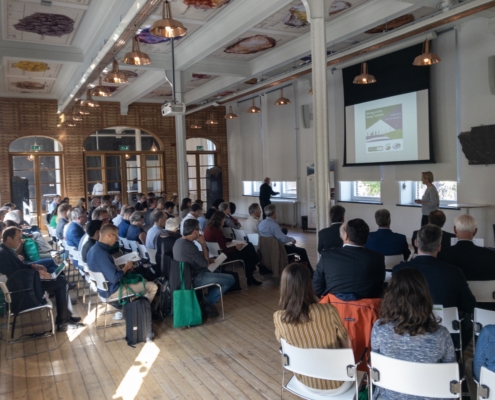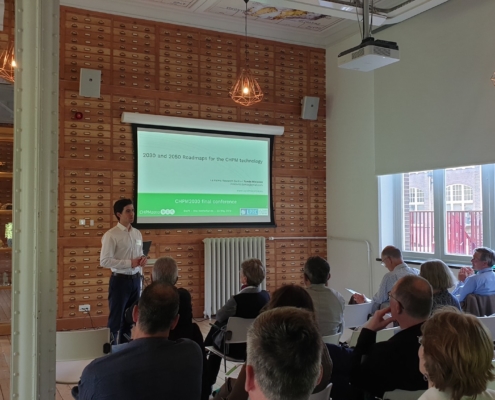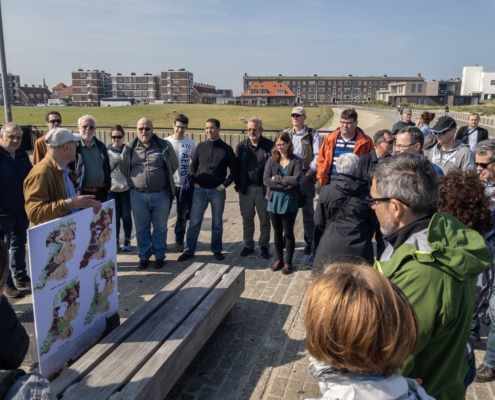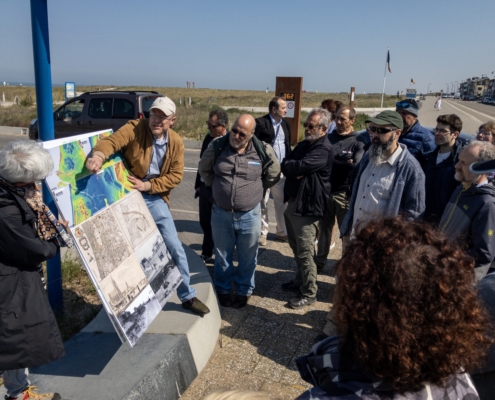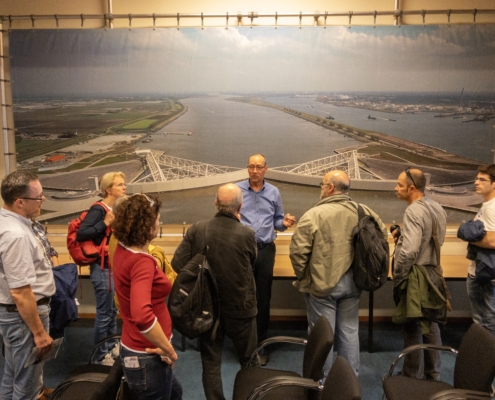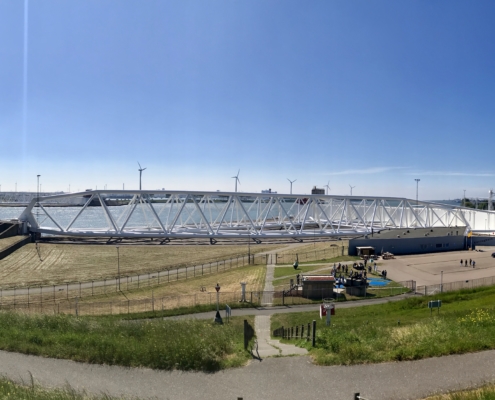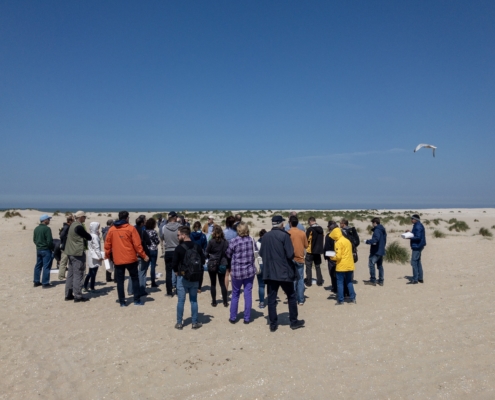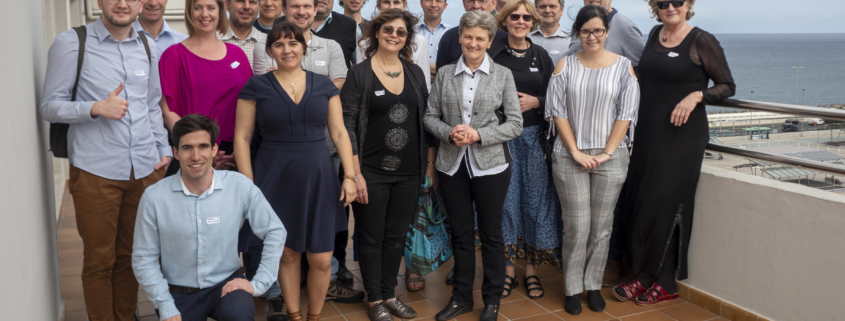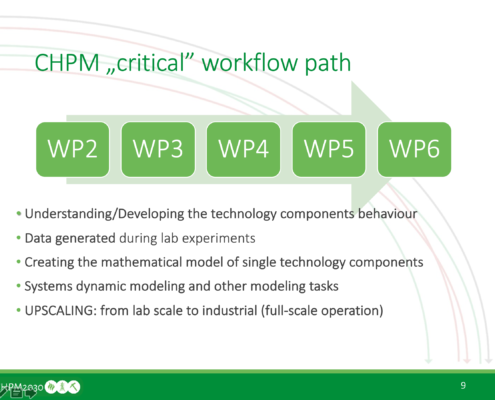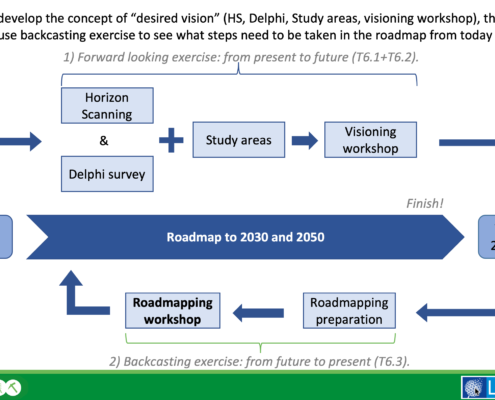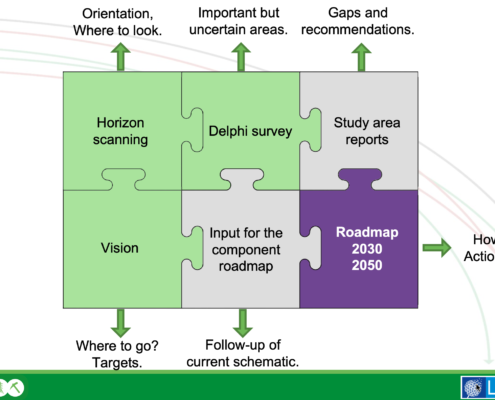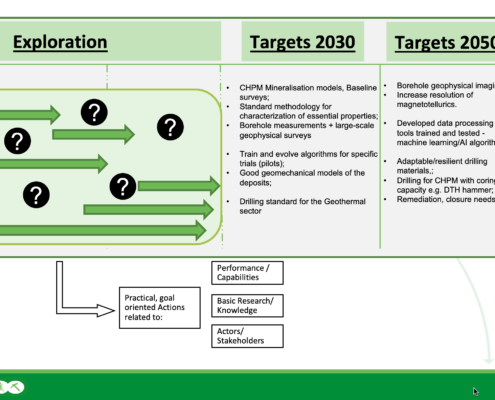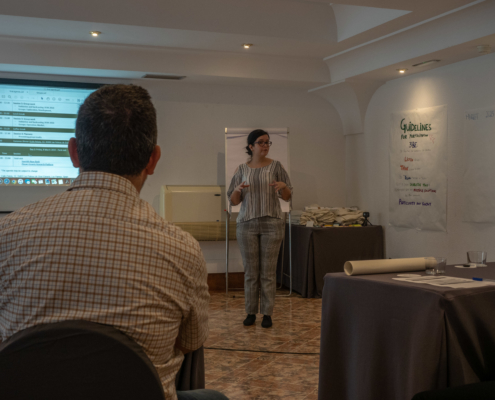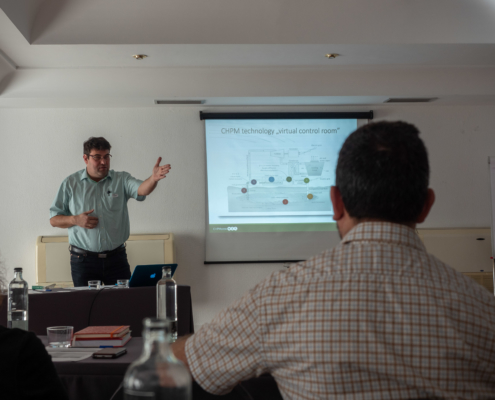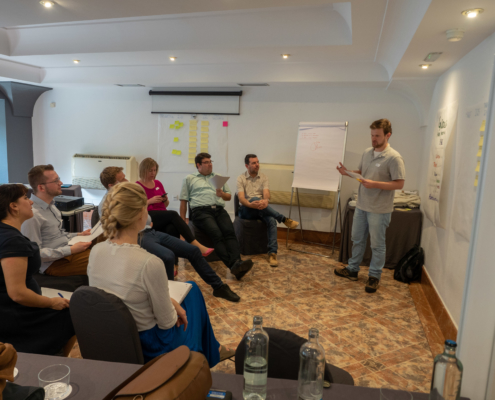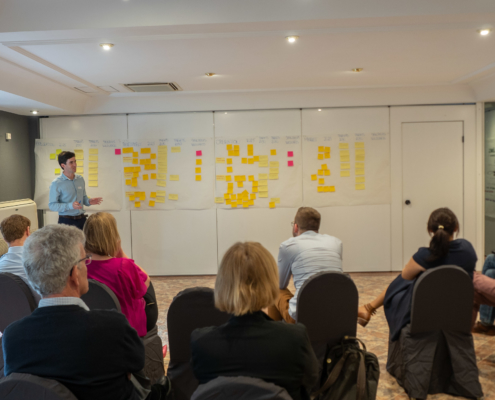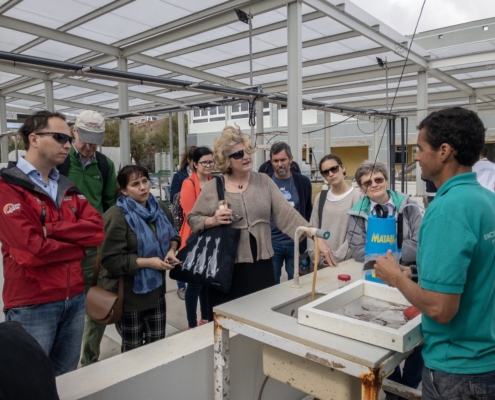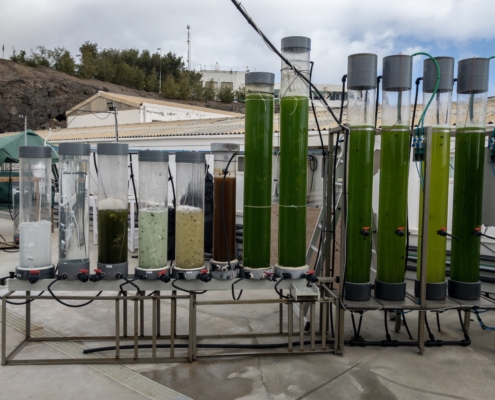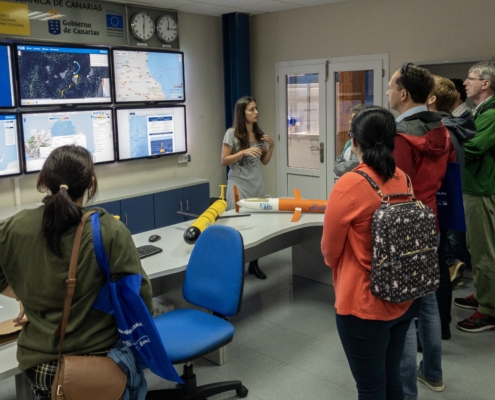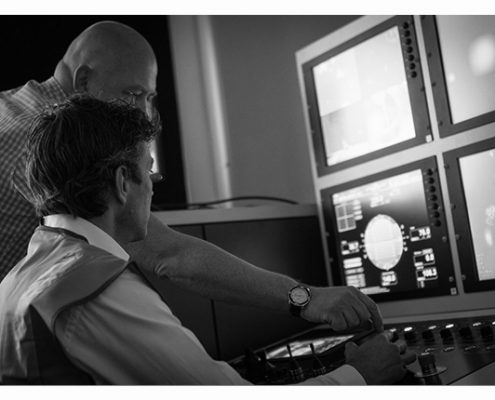Constructing Social Futures conference, Turku
Constructing Social Futures – Sustainability, Responsibility and Power conference took place between 12-13th of June in Turku, Finland, bringing together the foresight community. The theme was the concept of agency in action and research for futures. ‘Constructing Futures’ emphasizes opportunities and challenges related to the need for building and critically evaluating capabilities necessary for sustainable futures. This conference created a cross-disciplinary platform where participants could meet, share, and discuss new ideas concerning social futures. These two days consisted of keynote lectures, parallel sessions, participatory workshops and chaired poster session, from multidisciplinary topics.
The fist keynote presentation was held by Dr. Ivana Milojević (Metafuture) about the Power for, against, with and within: Futures studies as practice. Ivana’s set the tone for the conference with her passionate talk addressing two central questions: “Can futures studies, as a practice, make a difference?”, and “To what extent are futures being constructed through participation that reflects moral agency and leads to better futures for all?”. The second keynote presentation was given by Professor Ullrich Kockel (Heriot-Watt University Edinburgh) about the Heritage Futures: Tradition, Gain, Sustainability. The afternoon continued with 7 paralel sessions for ~15 minute presentations on topics such as Combining corporate foresight with corporate social responsibility and Citizen science, power, responsibility and foresight.
LPRC was represented by Tamas Miklovicz, who gave a presentation about the Application of foresight methods in the research of a disruptive geothermal technology (CHPM), in the session on Foresight activities and their effect on sustainability transitions. The presentation was focusing on the methodological aspect of how to make use of foresight tools for such a challenging technology. The presentation was well received and participants appreciated the robust methodology behind the CHPM roadmapping process. You can have a look at Tamas’s presentation in the video below:
The second day continued with sessions and workshops on topics like Back to the futures we want: Envisioning and backcasting for Sustainable futures, and Utopias to combat futures by-negation, and The roles of futures studies in the negotiation of values and desired futures. The event was concluded with two keynote presentations. First Professor Keri Facer talked about All our futures? Climate change, democracy and missing public spaces. The second was given by Professor Ted Fuller On responsible futures: What can we do, what should we do?
All keynote speakers were donated a ~3 hectare peatland in Finland. Peatlands are the largest natural terrestrial carbon store, and among the most important ecosystems on Earth*, also helping us to reduce carbon footprint of the anthropocene.
You can read the Book of Abstract here and you may rediscover the event on Twitter following the #futuresconference2019.
The Futures Conference 2019 was very inspiring! Many great ideas have been shared, discussed and agreed about building a more sustainable future. After the conference, arriving home, the real question remains: are we going to plant these seeds into our everyday life to nurture a sustainable future? We all hope that we do indeed, throughout our everyday decisions.
*https://www.iucn.org/resources/issues-briefs/peatlands-and-climate-change

